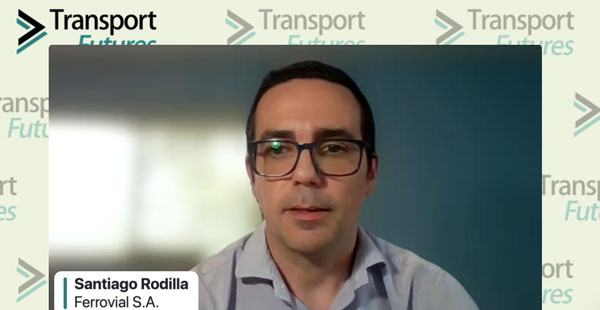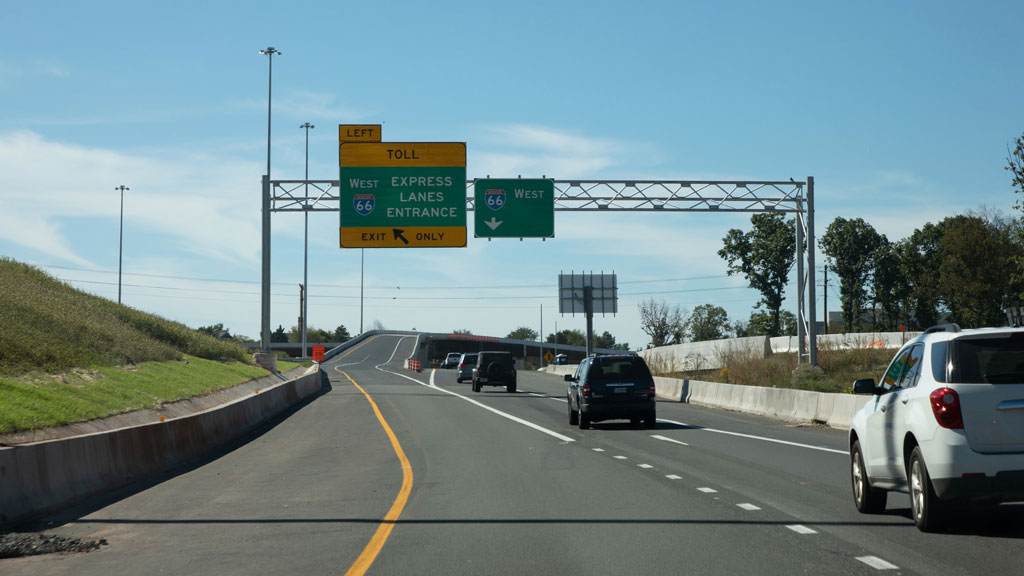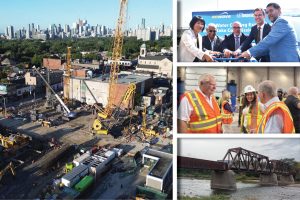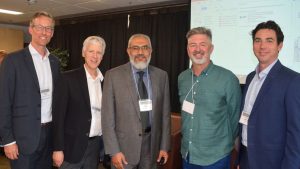From gas taxes and highway tolls to niche government grants and ever-more complex project agreements, the global transportation construction sector continues to strive to find the right funding mechanisms for essential highways, bridges and tunnels.
An array of Canadian and international experts was assembled for the fourth webinar in the Transport Futures series exploring the future of highways. The session, held March 23, was billed as Highway Dollars: Funding, Procurement and Financial Structures.
There is no easy recipe for funding highways and bridges said Eric Morris, a professor of city and regional planning at Clemson University in South Carolina.
“In an era where transportation funding is increasingly inadequate, we’re still seeking that miracle revenue source, something that’s fair under the cost-imposed principle, under the benefits-received principle, under the ability-to-pay principle,” said Morris.
“Something that is politically acceptable to the voters, something that is logistically achievable, and not that difficult to administer and collect, something that will bring in lots of revenue, and hopefully something that will shape travel behaviour in desirable ways.”
The classic cautionary tale is the Sydney, Aus. Cross City Tunnel project from early this century. As outlined by panellist Sherena Hussain, infrastructure lecturer at York University’s Schulich School of Business, the New South Wales government decided to procure the tunnel as a P3 and selected the consortium Cross City Motorway Pty. (CCM) to handle the project.
The projected cost of the tolled project was around US$700 million and CCM estimated the traffic would be 86,000 to 90,000 vehicles per day.
But when it opened in August 2005, the actual traffic was only 30,000. The consortium declared bankruptcy within two years.
Case studies have pointed out the project team failed to take into account the willingness of users to pay; there was optimism bias in the demand forecast; the closure of surface roads in the area irked drivers; the public owner refused to live up to its P3 role as collaborative partner to mitigate problems; and there was an inadequate communications strategy to manage public perceptions.
The combination led to a “decline in what is otherwise known as a social licence to operate for this consortium,” Hussain said.
“The government’s attitude of no public money also translated into an attitude of not being involved in managing any of the risks.”
A well-designed contract should be clear, comprehensive and create certainty for the contracting parties, the lawyer said. Because P3s are long-term, risky and complex, P3 contracts are necessarily incomplete — they cannot fully specify what is to be done in all future circumstances.
This means the contract needs to have flexibility built in, to enable changing circumstances to be dealt with as far as possible within the contract, rather than renegotiation or termination, said Hussain.
Virginia’s I-66 project presents more positive best-practices lessons — at least so far, given that the new 35-kilometre roadway just opened last November.
Panellist Santiago Rodilla is the project finance director for Ferrovial, parent company of Cintra, which was part of the consortium responsible for the US$3.3-billion build.

The I-66 has three toll-free general-purpose lanes and two express lanes in each direction.
A key to making the financing for the project work was the largesse of the federal government, through a Transportation Infrastructure Finance and Innovation Act (TIFIA) grant. Rodilla explained project funding was secured by a combination of Private Activity Bonds (PABs) totalling $737 million, the $1.27-billion TIFIA loan and equity. The deal looked so attractive that the PABs were oversubscribed, with more than 40 investors.
“If we don’t have TIFIA here, we could get investment grade for let’s say $700 million; with TIFIA we can get investment grade for around $1.2 billion,” said Rodilla.
“At some point, it can make the difference between having a project that is feasible and one that is not.”
Panellist Patrick DeCorla-Souza, the P3 program manager at the U.S. Department of Transportation’s Build America Bureau, suggested public resistance to tolls can be overcome using the right communications and implementation strategies.
The U.S. now has 8,900 kilometres of toll highways, bridges and tunnels.
Public concerns about highways and bridges paid for with tolls include a general aversion to tolls, the perception of paying twice, the administrative costs of collecting tolls compared with the simpler gas tax, and the fear of toll revenues being used for non-highway uses, said DeCorla-Souza.
Those challenges can be addressed, he said, by conducting value-for-money analysis, using federal credit programs to provide long-term, low-cost financing to P3 entities, sharing experiences of the lessons learned from P3 projects and retaining experienced advisers.
The next webinar in the highway planning series, taking place on April 13, will focus on communications. As a proud sponsor, DCN provides our subscribers with a 10% discount using promo code DCN23.









Recent Comments
comments for this post are closed